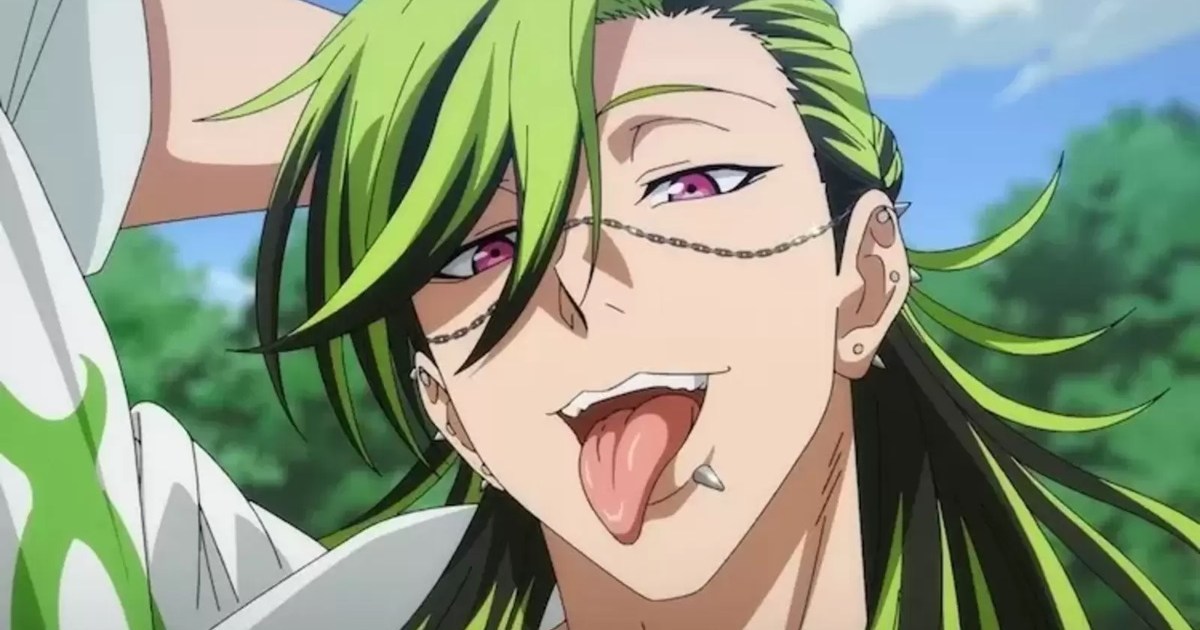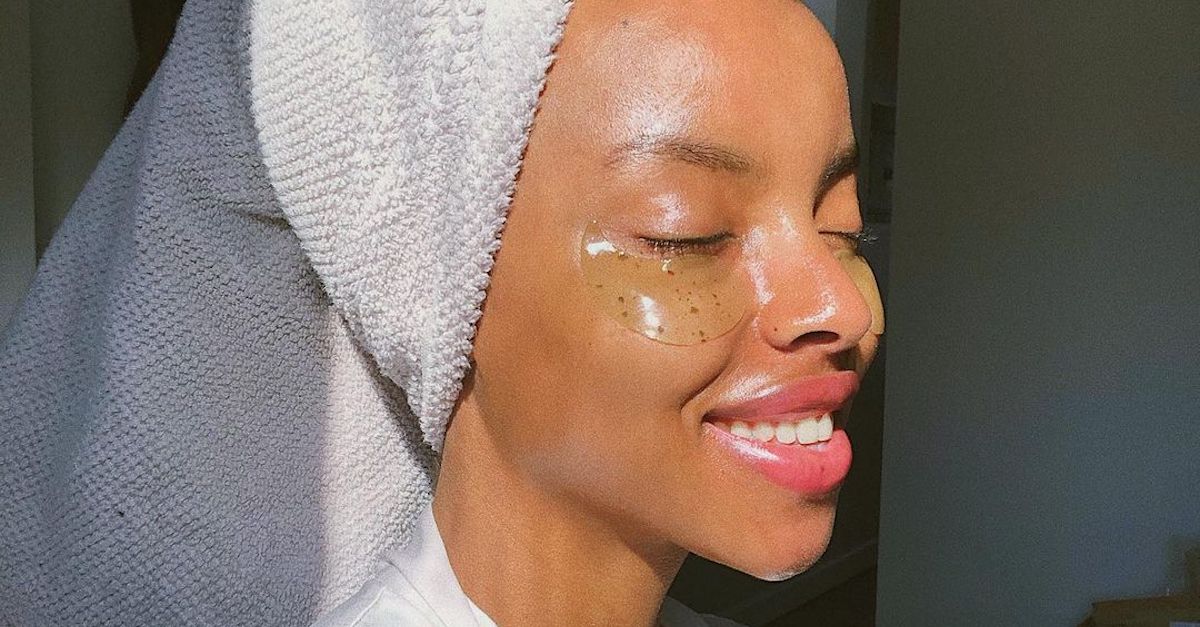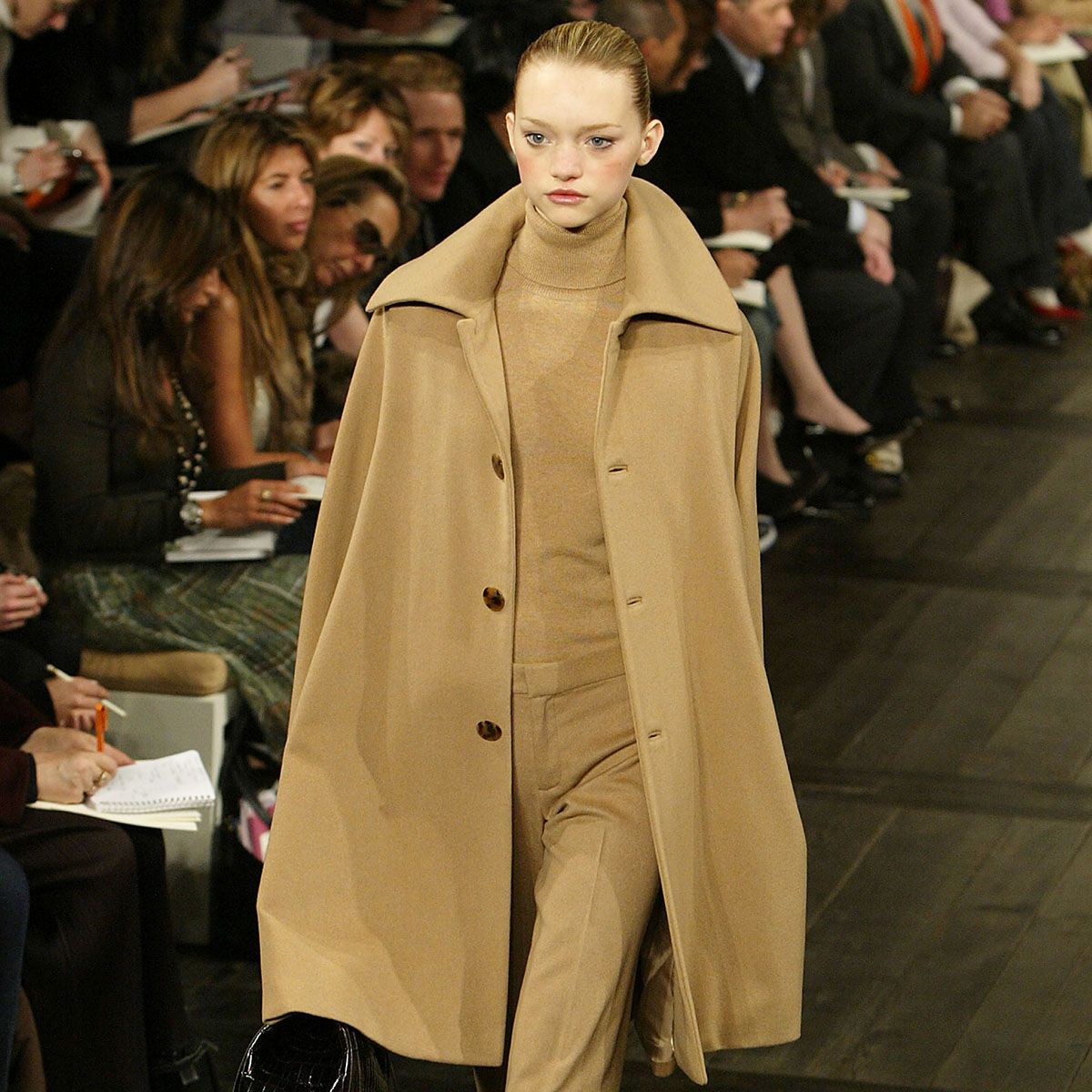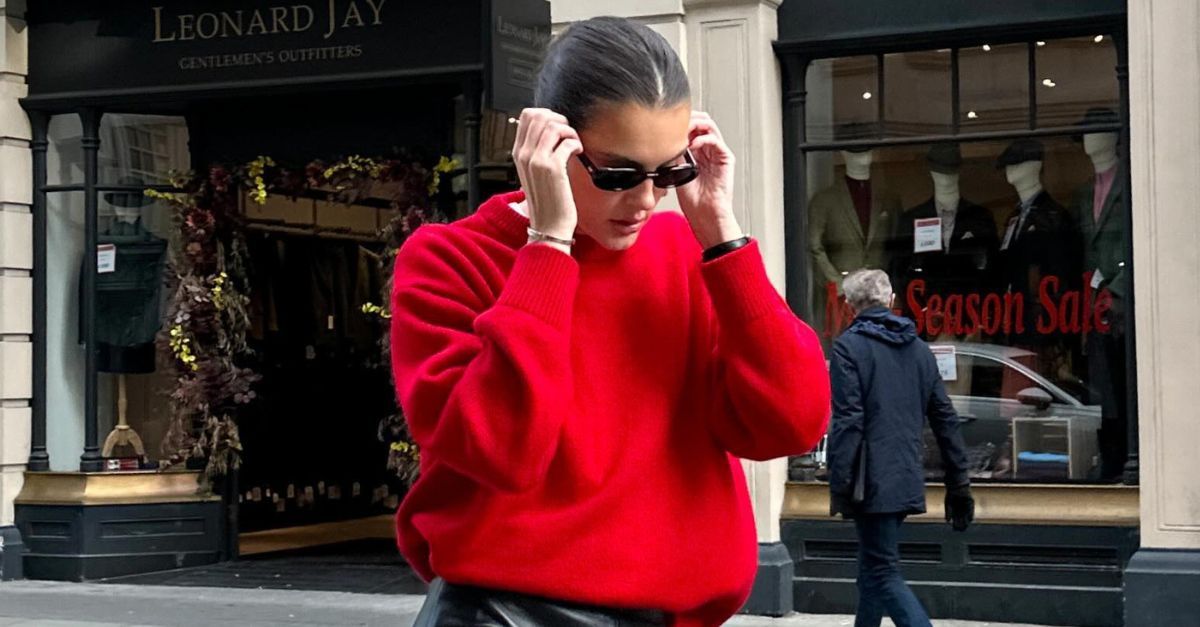Every town seems to have that one house. The one that children walk by with hushed tones and dare each other to sneak onto the porch or ring the doorbell of. In the movies it’s the Myers House, 1428 Elm (at least in the later movies), or the House on Neibolt Street—usually run down and harboring a frightening history. In my neighborhood growing up, it was not a dilapidated old house, just one that seemed very out of place among the homes of the working class that surrounded it. It was a huge two-story white house, buttressed with gigantic pillars, and surrounded by a wrought-iron fence. I never saw anyone come in or out and I always wondered who lived there. In my mind it was a rich old Mrs. Deagle from Gremlins type, and I wondered, “what’s going on in there?” That question is the engine that drives Joe Dante’s The Burbs (1989) and “is it any of our business?” is its Socratic response.
The suburbs sprang up in earnest in the 1950s just as the Cold War was heating up and the Red Scare was fueling the nation’s paranoia. The epitome of the suburban threat seen in movie houses was Invasion of the Body Snatchers (1956) and on television “The Monsters are Due on Maple Street” episode of The Twilight Zone. By the 80s we were still paranoid, but we didn’t really know why anymore. Instead of a perceived outside threat from international communism, we turned inward. Now it was stranger danger, day care centers, heavy metal music, and any number of scapegoats that fell under the umbrella of Satanic Panic. These were not far-flung aggressors; these threats were in our own backyards. Our next-door neighbor could be spending the evenings driving a windowless panel van around, picking up kids, and chaining them up in basements. After all, John Wayne Gacy entertained children dressed as a clown and Ted Bundy was considered an upstanding young man. The Burbs takes all that 80s paranoia and holds a mirror up to it, reminding us that—hey! maybe we’re all crazy.
The brand of neighborly suspicion lampooned in The Burbs could be called domestic paranoia. These aren’t grand conspiracy theories about the moon landings being faked or the world being run by lizard people, it’s the mundane mistrust of the people around us simply due to their outsider status. It takes all the distrusts and voyeuristic tendances of middle-class American life and makes as much fun of them as possible. It also has a lot of fun digging in various cinematic sandboxes including horror, spaghetti westerns (that moment when the camera pushes in on the little dog’s eyes gets me every time), thrillers, Looney Tunes, Buñuelian dream fantasies, and more. Dante had made horror comedies before—Piranha (1978), The Howling (1981), and Gremlins (1984) all certainly qualify, but The Burbs was something different. It is first and foremost a comedy, filled with often over-the-top absurdist humor, with horror woven through like the dark threads in a tapestry giving the film its wholly unique character.
At heart, The Burbs is in many ways Joe Dante’s Rear Window and shares a fair amount of DNA with the Alfred Hitchcock classic. In fact, according to Dante, the script by writer Dana Olsen was originally titled Bay Window and was meant to be something of a spoof of Hitchcock’s film. There are even a few visual quotations in the final film, the most notable being Lt. Mark Rumsfield (Bruce Dern) lighting his cigar in his darkened window early in the film, which echoes the glowing tip of Raymond Burr’s cigarette as the only indication of his presence in Rear Window. I also think Hitchcock would have loved The Burbs opening shot that zooms in on the Universal globe logo until the camera is flying over a model of the neighborhood, stopping in front of the Klopek house as lights flicker in the basement. This is an extrapolation of the kinds of establishing shots Hitch did in films like The Lady Vanishes (1938), Rebecca (1940), and Psycho (1960). In Rear Window, the core trio of the film (played by Jimmy Stewart, Grace Kelly, Thelma Ritter), observe their neighbors and come to believe that a man in one of the apartments across the courtyard has killed his wife. The Burbs also has a core trio, Ray Peterson (Tom Hanks), Art Weingartner (Rick Ducommun), and Rumsfield, who have a similar common goal to that of the earlier film—they believe their new neighbors are up to something nefarious.
In both films there is also more than a little commentary on male and female romantic relationships. The stance of Rear Window seems to be that they never really work out, but in The Burbs, it appears that they can work out if the men just listen to the women in their lives. The two main female characters in the film are Carol Peterson (Carrie Fisher) and Bonnie Rumsfield (Wendy Schaal) and one gets the impression that their husbands would have avoided a lot of trouble if they just listened to them as the voices of reason. It also seems unlikely that Art’s behavior would have been quite so unhinged if his wife had been in town. But then if Ray, Art, and Rumsfield had listened to their wives, we wouldn’t have much of a movie now, would we.
Instead, we get Art working Ray into a frenzy, convincing him that the Klopeks, the outsiders with the perceived “Slavic name” (another remnant of the Red Scare) are up to no good. When their neighbor Walter Seznick (Gale Gordon) disappears, Art tries to convince Ray that the Klopeks are satanists that used the old man in a human sacrifice. Ray does his best to dismiss all this, but Art’s paranoia begins to rub off on him. He at least has to admit that the new neighbors are unusual. When visiting the Klopek’s house, the Petersons and Rumsfields are treated to some frankly bizarre hospitality in the form of sardines and pretzels offered by the young Hans (Courtney Gains). They also witness firsthand the unusual behavior of Uncle Reuben, played brilliantly Brother Theodore Gottlieb and the painting skills of Dr. Werner Klopek (Henry Gibson). Ray also finds Walter’s toupée nestled in a pile of magazines all addressed to their missing neighbor.
This sends Ray, Art, and Rumsfield on a collision course toward the climax of the film in which they destroy the Klopek’s house while they are away. The final monologue delivered by Tom Hanks at an inimitable fever pitch underscores the point of the film:
“Get off their case already. They didn’t do anything to us…All right, so they’re different! So they keep to themselves. Can you blame them? They live next door to people who break into their house and burn it down while they’re gone for the day…Remember what you were saying about people in the ‘burb’s, Art?…People who mow their lawn for the 800th time and then snap? Well that’s us. It’s not them!…We’re the ones who are acting suspicious and paranoid, Art! We’re the lunatics! Us! It’s not them! It’s us.”
And there is simply no doubt that Ray is right. Even now after they have blown up their neighbors’ house, Art still insists that he is in the right and the Klopeks are satanists. Even after Walter returns home after having family take him to the hospital when he was having some chest pains, he wants to lay suspicions on them because they are outsiders.
Of course, the ending does undercut this point a bit as it turns out that the Klopeks, though not necessarily satanists involved in human sacrifice, did kill the former owners of their home. This ending really used to bother me, but the fact is, it is a comedically and dramatically satisfying conclusion. It wraps everything up in a fun way, even if it does prove the rather obnoxious (though certainly hilarious) Art Weingartner right. This was a common factor in several movies that tried to poke fun at the satanic panic in the 80s including Trick or Treat (1986) and Black Roses (1988) as the “panicked” are generally proven right, but the satire still shines through. Besides, with this ending we get one of the great closing lines of the 80s when Corey Feldman as Ricky Butler, who has organized his own voyeuristic party to be entertained by his neighbors’ hijinks, turns to the camera and says, “God, I love this street.”
I’d like to be able to say that we have made a lot of progress since the late 80s and have given up our paranoid ways, but The Burbs is just as relevant as ever today. In fact, things may well have just gotten worse in the cul-de-sac jungle. At least in the film the three disparate characters of Ray, Art, and Rumsfield can find enough common ground to work together toward a goal. I’m not sure that would happen today as we have only isolated ourselves more and more from our communities over the past 35 years. Honestly, I couldn’t tell you the names of the people that live next door or across the street from me. Our divisions have grown so deep that we can’t even risk saying hello anymore it seems.
But then maybe I’m getting a little too philosophical, this is after all an article about one of the most fun and rewatchable comedy horror films of all time. I clearly remember seeing it in the theater back in 1989 on a double bill with the Nick Nolte/Martin Short comedy Three Fugitives in a multiplex that has since been converted into a Goodwill. I also remember being kinda freaked out by some of it at the time. My dreams that night may well have included being strapped to a giant barbecue grill and being chased by a satanist with a chainsaw. But I am eternally grateful to The Burbs. It solidified my love for the films of Joe Dante, gave me my first glimpses of Race with the Devil (1975), The Exorcist (1973), and The Texas Chainsaw Massacre 2 (1986), and provided some cause to laugh at the whole satanic panic thing that various adults in my orbit bought into at the time. The more I watch it, the more I love The Burbs. It continues to only get funnier and more insightful with each viewing. I know I’m not alone in my praise of The Burbs but join a growing multitude when I declare, “God, I love this street!”


























































![Mason Ramsey – Twang [Official Music Video] Mason Ramsey – Twang [Official Music Video]](https://i.ytimg.com/vi/xwe8F_AhLY0/maxresdefault.jpg)
























